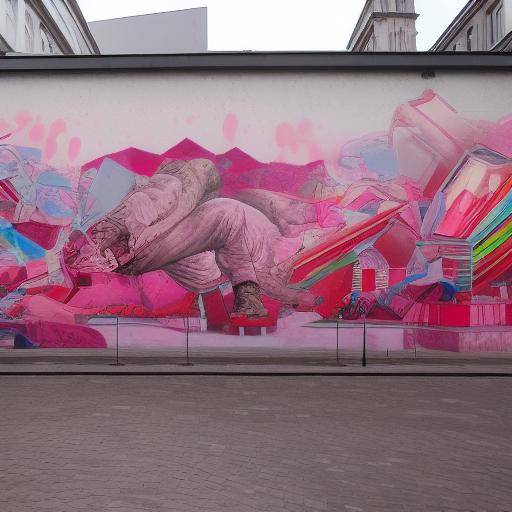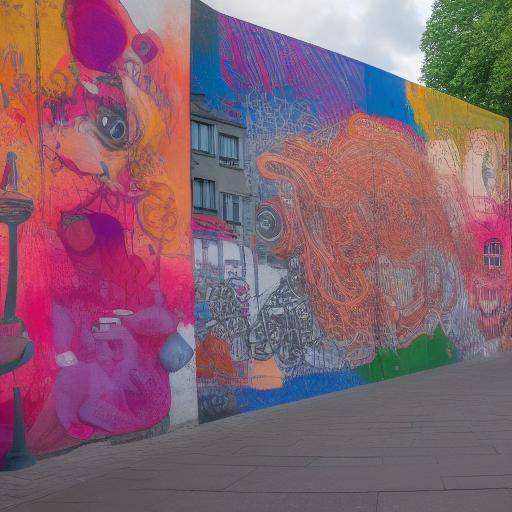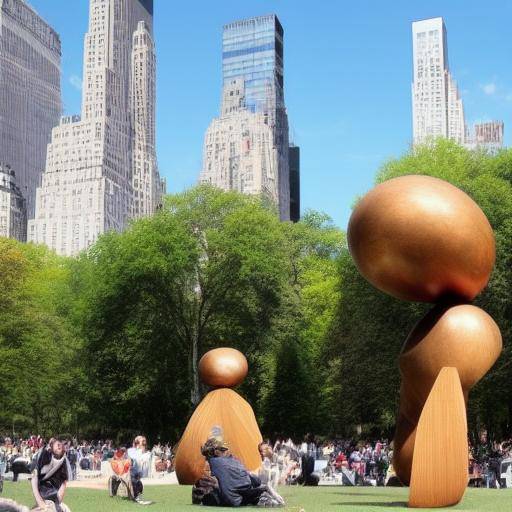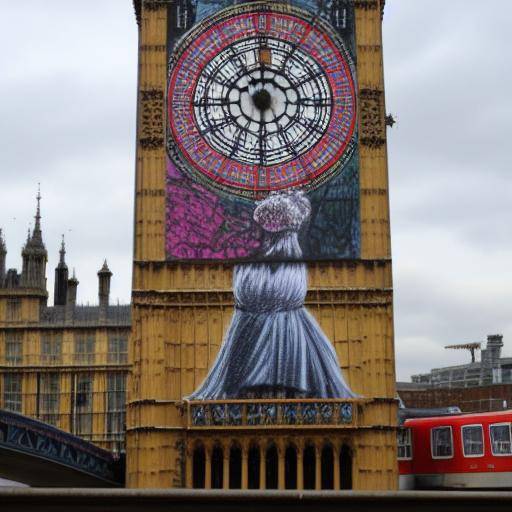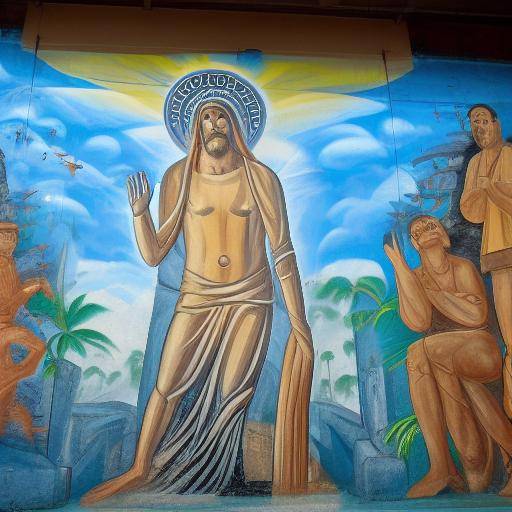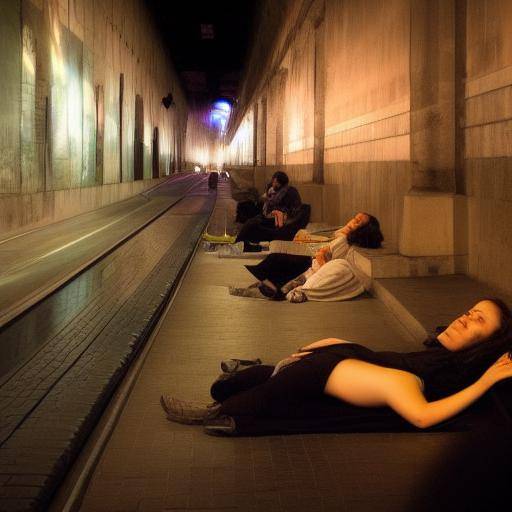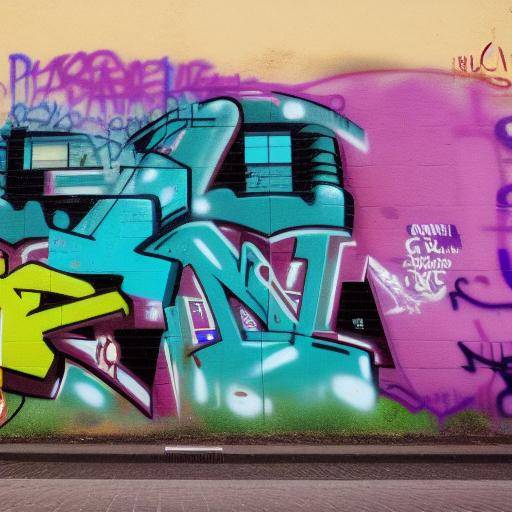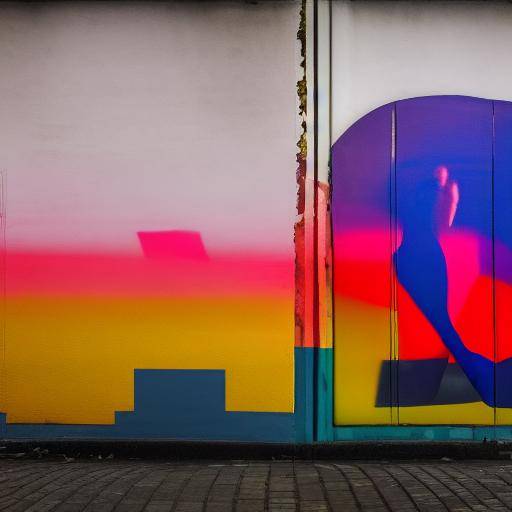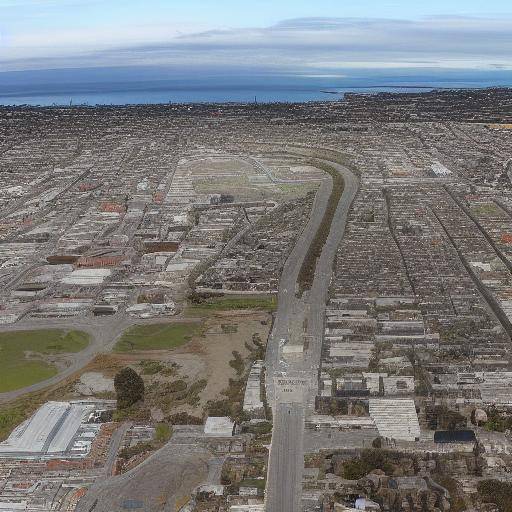
Introduction
Christchurch, the largest city in New Zealand's South Island, has experienced a unique metamorphosis after the devastating 2011 earthquake. The wounds caused by natural disaster have become sources of inspiration for reconstruction projects that combine innovative architecture, urban art and a united community. This article offers a tour of five emblematic projects that encapsulate Christchurch's tenacity, creativity and resilience, providing a hopeful vision of urban rehabilitation.
Innovative Architecture
The reconstruction of Christchurch has been a laboratory of architectural experimentation, with innovative approaches that redefine the urban aesthetics and functionality of the spaces. The combination of sustainable materials, cutting edge design techniques and innovative structural solutions has led to a city that literally rises from the ashes.
1. Cardboard Cathedral
Designed by the renowned Japanese architect Shigeru Ban, Cardboard Cathedral is an impressive example of innovative architecture. Built mainly with recycled carton tubes and transport containers, this temporary structure has conquered the heart of the community not only for its surprising design, but also for its resilence and versatility.
2. The Pallet Pavilion
Another sample of architectural ingenuity is The Pallet Pavilion, a multifunctional cultural space that leverages the potential of recycled wood pallets. This project, which combines sustainable design with structural versatility, has served as a stage for concerts, community events and artistic manifestations, demonstrating that reconstruction can be creative and functional.
Urban Art
Urban art has played a fundamental role in the revitalization of Christchurch, transforming public spaces into outdoor galleries that reflect the diversity, identity and hope of the community. The streets have become canvases where local and international artists translate messages of resistance and rebirth through murals, sculptures and artistic installations.
3. Transitional Street Art
The walls that were once marked by rubble and desolation have been transformed into canvases that embrace vitality and creativity. The urban art movement in Christchurch has led to a series of ephemeral works that portray the resilience of the city and its people. From murals that honor local history to facilities that challenge perceptions, urban art has revitalized public spaces with a message of hope and rebirth.
4. SCAPE Public Art
The SCAPE public art festival has been a fundamental platform for urban art in Christchurch, presenting site-specific works that dialogue with the urban and social environment. This initiative has succeeded in integrating contemporary art with the reconstruction of the city, promoting interaction between the community and its environment through facilities that invite reflection, dialogue and transformation.
United Nations
The reconstruction of Christchurch has been, first of all, a collective effort where the community has played a central role. The resilience, solidarity and determination of the inhabitants of the city have been the driving force behind initiatives that go beyond the restoration of physical structures, promoting emotional and social resurgence.
5. Re:START Mall
In the heart of the centre of Christchurch, the Re:START Mall has emerged as a symbol of the resistance and entrepreneurial spirit of the community. This commercial space built with modified containers became an icon of creativity and adaptability to adversity, bringing together local merchants, artists and residents in a vibrant environment that led to economic and emotional recovery.
Conclusion
The reconstruction projects in Christchurch have not only transformed the city physically, but also inspired a sense of hope, renewal and solidarity that transcends the material structures. Through innovative architecture, urban art and community unity, Christchurch has shown that resilience can be a catalyst for creativity and positive transformation. These projects are not only examples of overcoming, but also living testimonies of the power of collaboration, artistic expression and adaptability in the reconstruction of a city.
Frequently asked questions
How has innovative architecture contributed to the revitalization of Christchurch?
The innovative architecture in Christchurch has redefined the urban aesthetics and functionality of the spaces, providing solutions that go beyond the mere reconstruction. From Cardboard Cathedral to Pallet Pavilion, these structures are not only examples of avant-garde design, but also of resilience and creativity.
What impact has urban art had on Christchurch's identity?
Urban art has transformed public spaces into canvases of resistance and rebirth, reflecting the diversity and hope of the community. Through murals, sculptures and events such as the SCAPE Public Art festival, urban art has revitalized the city with a message of hope and transformation.
How has the community been the protagonist in the reconstruction of Christchurch?
The community has played a central role in the reconstruction of Christchurch, a driving force behind initiatives that go beyond the restoration of physical structures. Projects such as the Re:START Mall are examples of the resilience, solidarity and determination of the inhabitants of the city.
What are the lessons other cities can learn from the reconstruction of Christchurch?
The reconstruction of Christchurch offers valuable lessons on the importance of collaboration, adaptability and creativity in urban rehabilitation. These projects demonstrate that resilience can be a catalyst for positive transformation, transcending adversities to inspire hope and renewal.
How can Christchurch’s approach serve as a model for other communities affected by natural disasters?
Christchurch's approach highlights the importance of emotional and social recovery, as well as physical reconstruction. The combination of innovative architecture, urban art and community unity can serve as a model for other communities, offering a path to integral renewal after natural disasters.
What is the legacy that these projects will leave in Christchurch's history?
These projects will leave a lasting legacy in Christchurch's history, witnessing the resilience, creativity and unity of the community in times of adversity. Its impact will transcend physical structures, inspiring a sense of hope, renewal and solidarity that will persist in the identity of the city.
In short, the reconstruction projects in Christchurch are living testimonies of the transformative power of innovative architecture, urban art and community unity. His legacy will endure in the history of the city, inspiring hope and renewal in times of adversity, and offering a model of resilience for other communities in the world.

